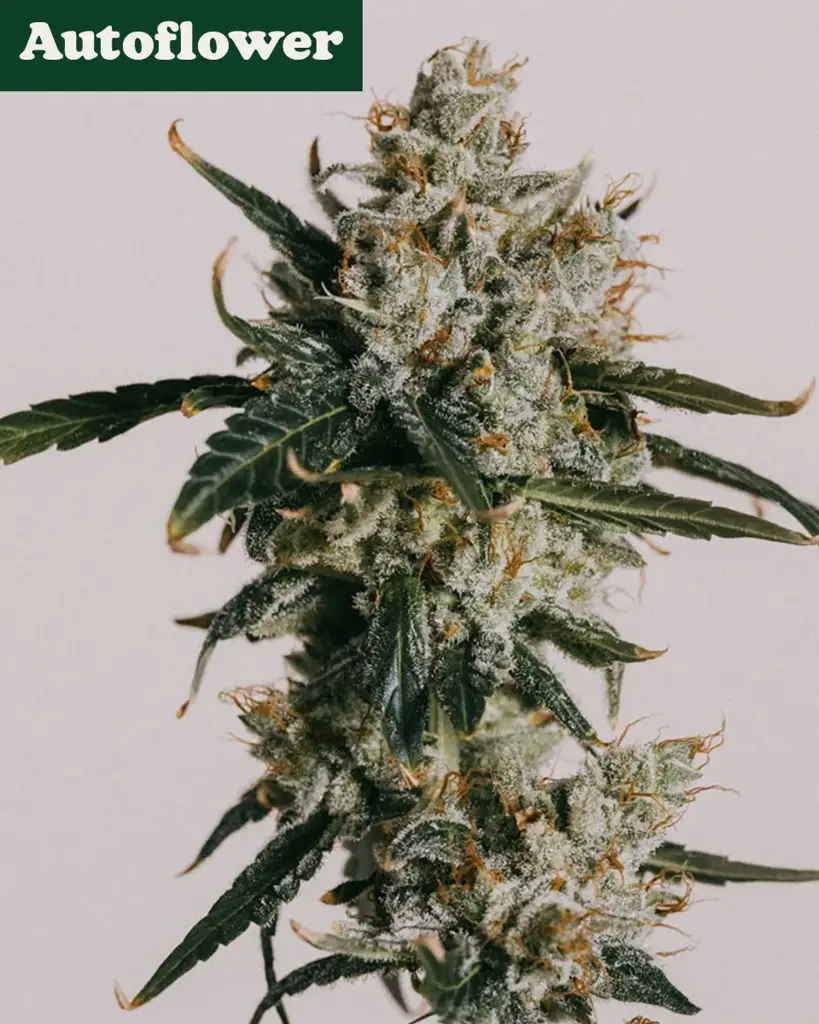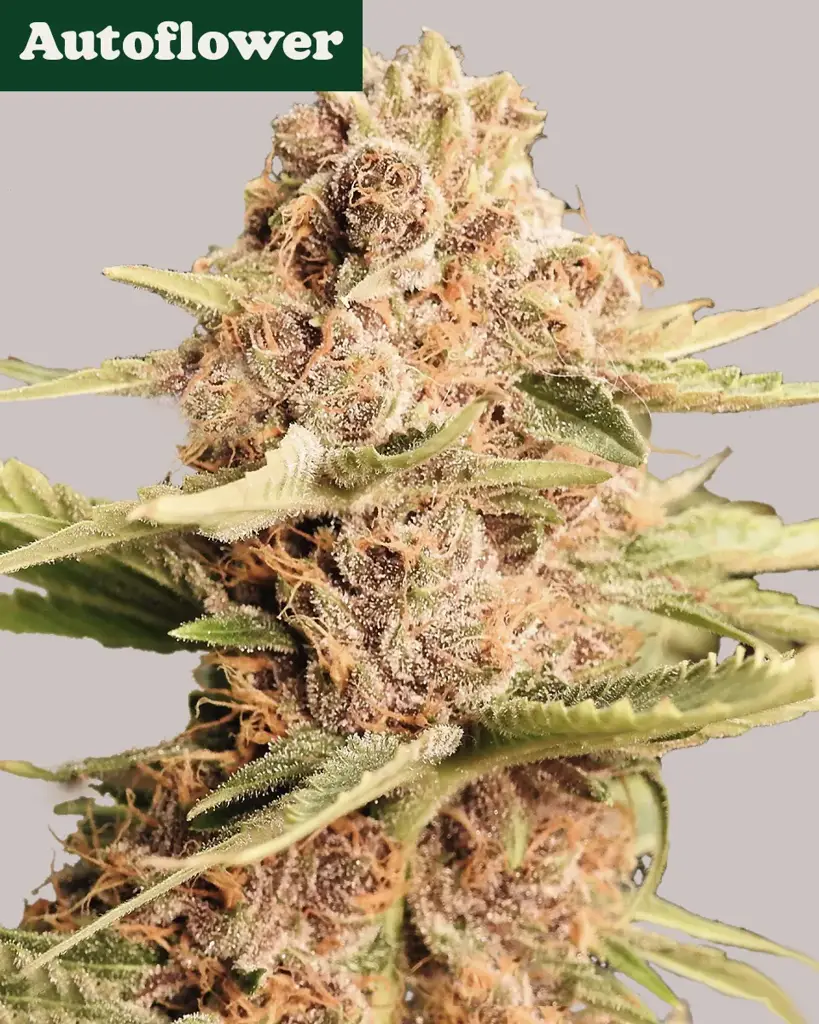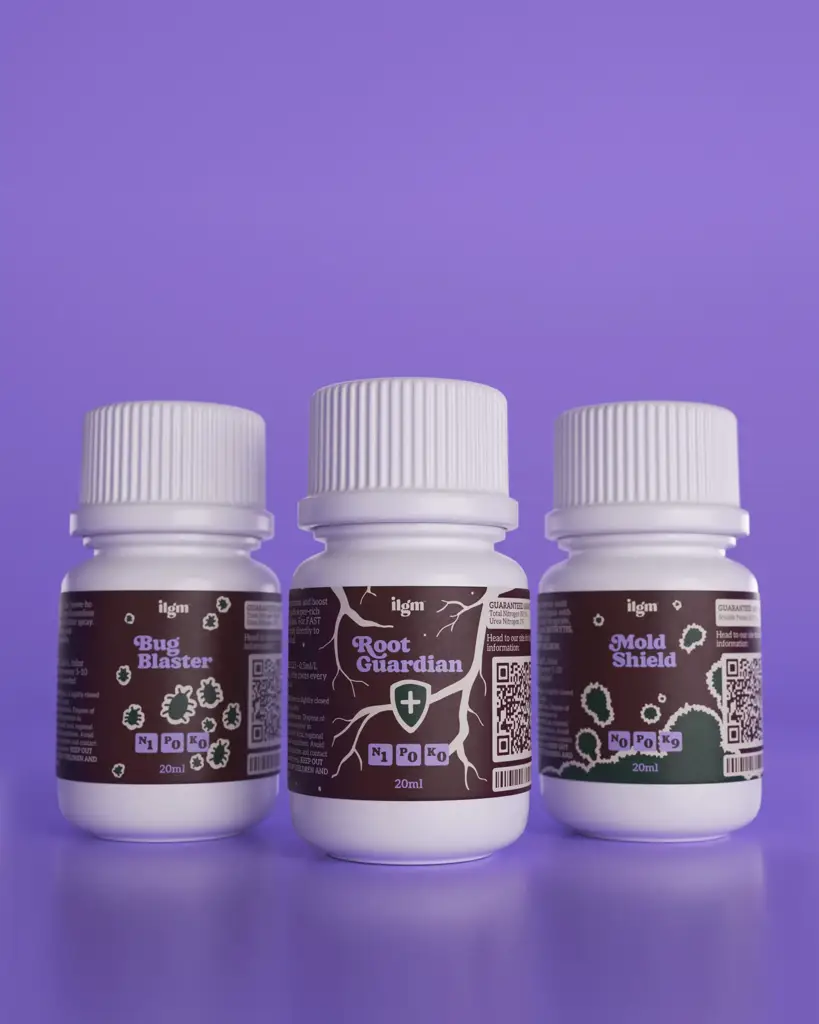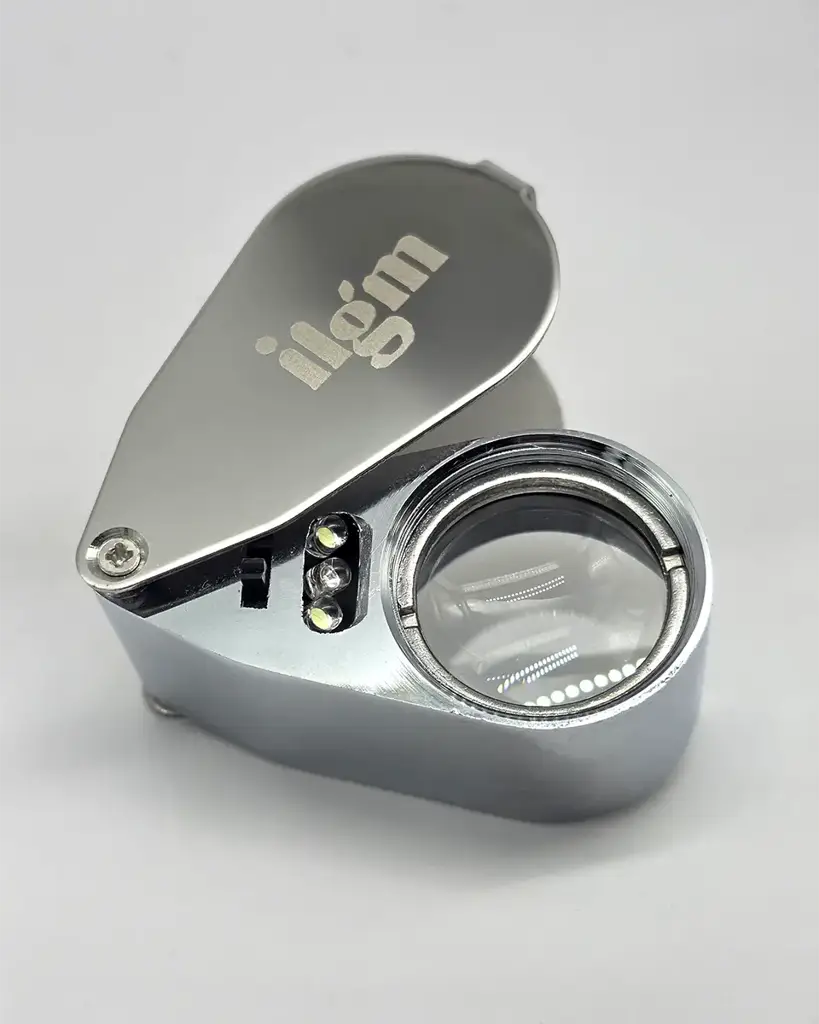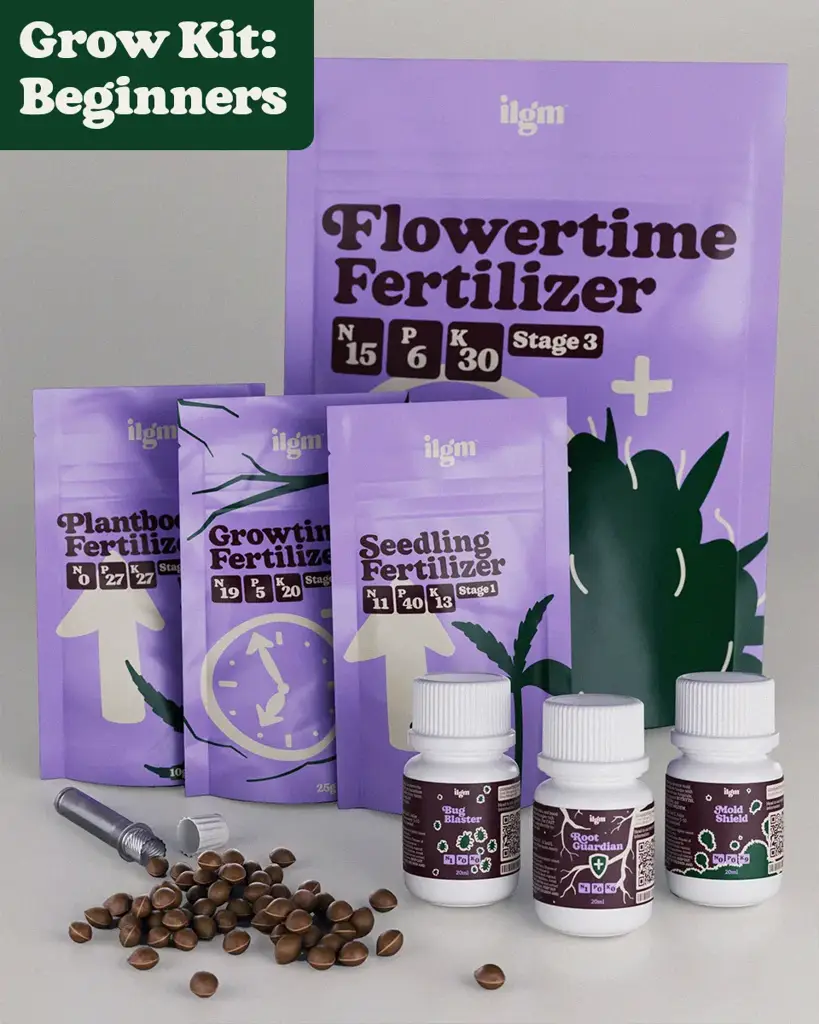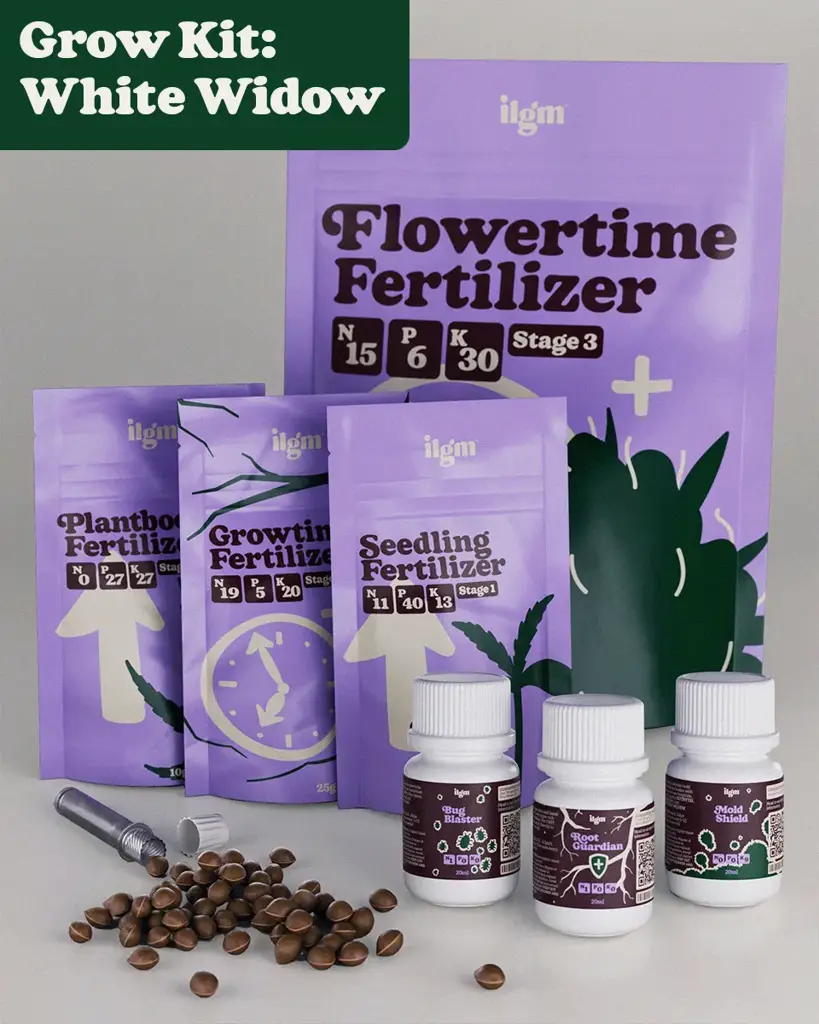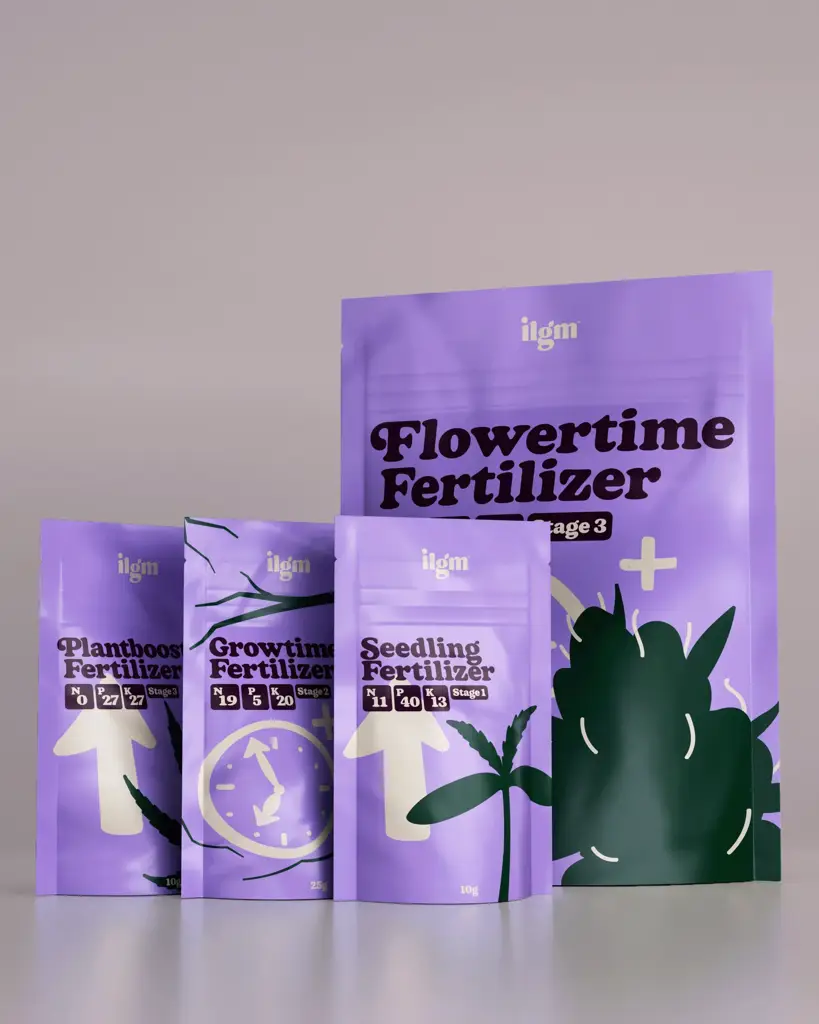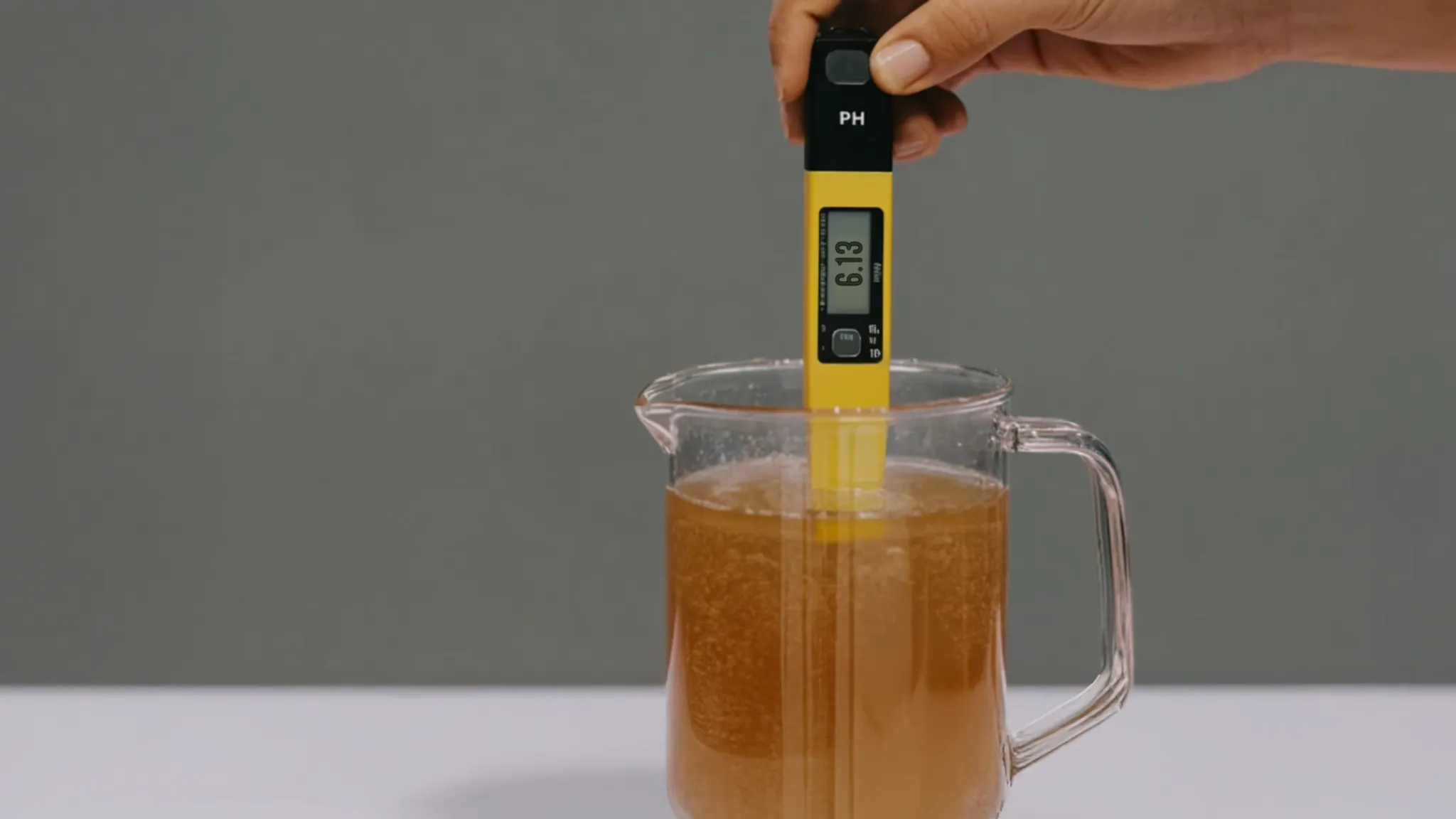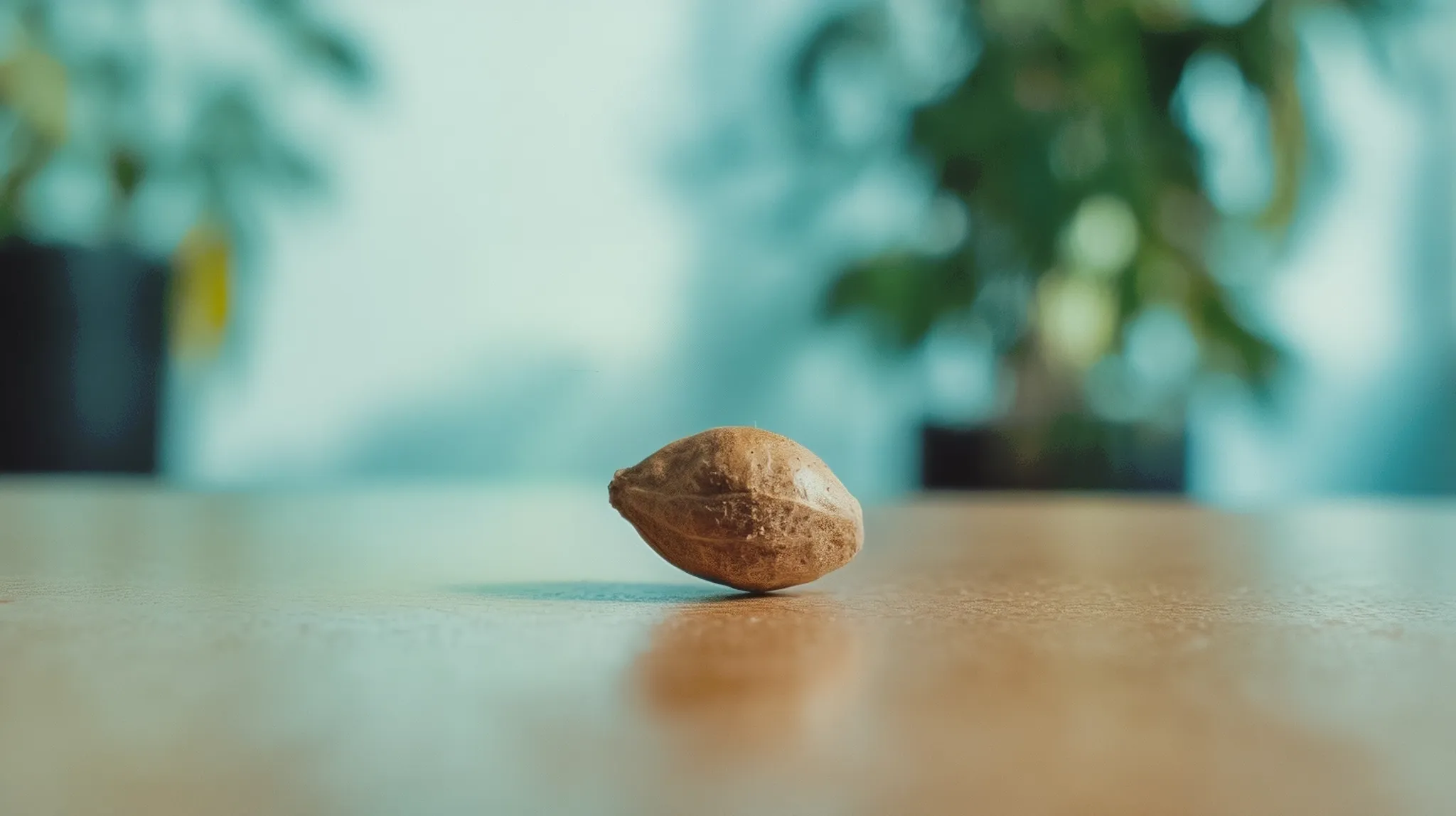
Cannabis Pests: Symptoms, Prevention, and Treatment
“Help! I’m seeing little black bugs on my buds!” You have no idea how many times we've heard our readers say this. And with good reason. Even the pros have a bug problem from time to time. The difference is, though, that the pros have learned to recognize and deal with the little black bugs (or any pest, for that matter) preemptively. Now, so will you.
Table of contents
Growing cannabis, no matter if it’s indoors or outdoors, comes with its fair share of challenges, and pests are often at the top of that list. Just like any other plant, your cannabis can fall victim to tiny critters that love munching on tender new growth, green leaves, and buds. From aphids to spider mites, these cannabis pests can cause big problems if left unchecked.
This guide will help you identify the most common pests, show you how to prevent infestations, and give you tips on eco-friendly ways to manage these pests without harsh chemicals.
Our Bestsellers
Identifying the Most Common Cannabis Pests
Before we talk about how to prevent or manage pests, the first step is being able to recognize them. It’s easy to miss the early signs if you’re not sure what you’re looking for (or if you’re not looking at all). Let’s start with a quick overview of why pest control is essential.
Why Is Pest Control So Important for Cannabis?
Cannabis plants are particularly attractive to a range of pests because they provide a great source of nutrients. Whether it’s the sweet-smelling buds or the sap inside the leaves, pests are drawn to cannabis and can cause serious harm if left untreated. This is especially important for home growers since an infestation can spread quickly and ruin your entire crop.
Without the right controls in place, cannabis pests can lead to:
Stunted plant growth
Reduced yields of buds
Damaged or unusable cannabis
By identifying the signs early on, you can tackle the problem before it gets out of control.
Top 10 Most Common Pests on Cannabis Plants
1. Aphids on the Underside of Your Cannabis Plant’s Leaves

Aphids are small, soft-bodied insects that feed on the sap of your cannabis plants. They’re sneaky—they often hide on the undersides of leaves, making them tough to spot at first. Aphids reproduce quickly, which means a small problem can turn into a full-blown infestation fast.
Symptoms:
Curled or twisted leaves
Yellowing of leaves
Sticky “honeydew” residue, which can lead to mold
Prevention & Treatment:
Keep your cannabis plants healthy by avoiding over-fertilizing.
Use yellow sticky traps to monitor for aphids.
Remove damaged leaves and use neem oil or introduce ladybugs to control the population.
2. Leaf Miners on Your Cannabis Plant’s Leaves

Leaf miners are larvae that burrow through your cannabis leaves, creating visible tunnels. They don’t kill the plant, but they reduce the cannabis plant's ability to photosynthesize, which can affect your yields.
Symptoms:
Thin, white lines or tunnels on leaves
Leaf drop
Prevention & Treatment:
Remove affected leaves immediately.
Encourage natural predators like parasitic wasps.
Keep the growing area clean and free of debris to minimize infestations.
3. Caterpillars on Your Cannabis Plant, Stems and Buds

Caterpillars are one of the most destructive cannabis pests for outdoor cannabis growers. These little creatures often bore into the stems, chewing their way out again through buds and seriously damaging the plant.
Symptoms:
Holes in leaves
Holes in stems with “sawdust”-looking debris
Visible droppings on leaves
Damaged, hollow, and sometimes even moldy buds
Prevention & Treatment:
Handpick caterpillars off your cannabis plants.
Use neem oil or organic insecticides designed for cannabis.
Encourage predatory insects like parasitic wasps or introduce beneficial nematodes to your soil.
4. Spider Mites on Your Cannabis Plant’s Leaves (and Flowers)

Spider mites are tiny but mighty pests that reproduce rapidly and can decimate a crop in no time. They’re easy to miss because of their small size, but these little black bugs on your buds often leave behind webs, which is a clear sign of infestation. (Actually, not all spider mites are black. They come in many colors, depending on age and species, including green, orange, red, and yellow)
Symptoms:
Yellow or bronze-colored leaves
Fine webbing on leaves or buds
Speckling on leaves
Prevention & Treatment:
Keep your cannabis environment humid—spider mites thrive in dry conditions.
Rinse your plants with a hose or mist them regularly to disrupt spider mites.
Use predatory mites or neem oil to control spider mite populations.
5. Thrips on Your Cannabis Plant Leaves

Thrips are small, slender insects that feed on cannabis leaves, causing damage to the plant's cells. They can be difficult to spot, but their feeding habits leave behind visible signs.
Symptoms:
Silver streaks on leaves
Tiny black dots (their droppings)
Deformed leaves
Prevention & Treatment:
Regularly clean your grow area, as thrips thrive in dirty environments.
Use yellow sticky traps to catch adults.
Introduce beneficial insects like predatory mites or use neem oil.
6. Whiteflies on the Underside of Your Cannabis Plant’s Leaves

Whiteflies are small, white, moth-like insects that suck sap from cannabis plants. They usually hang out on the underside of the leaves, just like aphids, and they can reproduce quickly, leading to a large infestation.
Symptoms:
Wilting or yellowing leaves
Sticky residue on leaves (honeydew)
Tiny white flies when you disturb the plant
Prevention & Treatment:
Use yellow sticky traps to capture adult whiteflies.
Spray plants with a mild soap solution or neem oil.
Encourage natural predators like ladybugs or parasitic wasps.
7. Mealybugs on the Stems and Leaves of Your Cannabis Plant

Mealybugs are small, white, cotton-like insects that cluster in the nooks of your cannabis plant. These cannabis pests suck sap from the plant, causing wilting and sometimes stunted growth.
Symptoms:
White, fluffy patches on leaves or stems
Yellowing or curled leaves
Sticky honeydew and possible mold growth
Prevention & Treatment:
Hand-remove the bugs and their egg sacs.
Use neem oil or insecticidal soap.
Encourage natural predators like ladybugs or lacewings.
8. Fungus Gnats on and in the Soil of Your Cannabis Plant

Fungus gnats are small, mosquito-like insects that lay their eggs in the soil. Their larvae feed on roots, which can seriously damage young cannabis plants.
Symptoms:
Slow plant growth
Yellowing leaves
Little black bugs on your buds or hovering around the soil
Prevention & Treatment:
Allow the soil to dry out between waterings to prevent egg laying.
Use yellow sticky traps to monitor adult gnats.
Apply a hydrogen peroxide and water drench (mix 1 part 3% H2O2 with 4 parts water) to kill larvae.
9. Nematodes in the Soil of Your Cannabis Plant

Some nematodes are beneficial, but others can be harmful to your cannabis plants. Harmful nematodes attack the roots, leading to wilting and poor plant growth.
Symptoms:
Stunted growth
Wilting despite watering
Poor root development
Prevention & Treatment:
Use sterilized soil and avoid using garden soil in your containers.
Apply neem oil or beneficial nematodes to control harmful species.
Rotate your crops if growing outdoors to break the pest cycle.
10. Slugs & Snails on and in the Soil of Your Cannabis Plant

These pests are more common for outdoor cannabis growers. Slugs and snails can chew through leaves and stems, leaving large holes in your plant or taking out a seedling before it gets a chance to grow.
Symptoms:
Large, irregular holes in leaves
Slime trails on the soil or plant
Chewed leaves or stems
Prevention & Treatment:
Remove dead leaves and loose mulch from the base of plants (this is where they hide)
Set up copper barriers or beer traps to deter them.
Remove slugs and snails by hand.
Encourage natural predators like frogs, toads, or birds.
Pest Prevention Strategies for Cannabis
Now that you’ve got the lowdown on the most common pests, let’s talk prevention. The best way to manage cannabis pests is to stop them from getting to your plants in the first place. Here are some strategies I’ve picked up over the years that work like a charm:
1. Maintain a Clean Growing Environment

Keeping your grow area clean is the most effective way to prevent pests. Pests love messy, damp environments where they can hide and breed.
Indoors: Wipe down surfaces, avoid overwatering, and always clean your tools before using them.
Outdoors: Keep the area around your plants free from weeds, dead leaves, and debris that might attract or host those pesky pests.
2. Use Physical Barriers
If you’re growing outdoors, using barriers can keep some pests away. For instance, copper tape is great for deterring slugs and snails, while netting can help keep larger cannabis pest animals like deer away.
3. Rotate Your Crops
Pests often overwinter in the soil, which means they can reappear if you keep planting in the same spot. Rotating your cannabis crops each season can help break their life cycles.
4. Monitor Regularly
Use tools like yellow sticky traps to monitor flying insects. Check your plants daily, especially the undersides of leaves where cannabis pests like to hide. A little early detection can go a long way!
Quick Pest Control Tools for Beginners
Yellow sticky traps for monitoring flying pests
Hand lens (loupe) or magnifying glass for spotting tiny insects
Neem oil for natural pest control
Insecticidal soap for soft-bodied pests
Hydrogen peroxide to treat soil pests
Copper tape or barriers to deter slugs and snails
Manual sprayer for applying treatments
Beneficial insects like ladybugs or predatory mites
Pruning shears for removing infested plant parts
Sterilized potting mix as a backup for contaminated soil
There you have it, folks! Now, you’re armed with the knowledge you need to keep your cannabis plants healthy, happy, and pest-free. Keep an eye out for early signs of little black bugs on my buds, stay on top of prevention, and use natural solutions whenever possible. Your plants (and your future harvest) will thank you!

Xavier Kief
Xavier Kief, a fierce cannabis advocate & educator, merges science & joy in cultivation. Expert in regenerative growing, mycology & activism
Continue Reading
You might also find these interesting.


